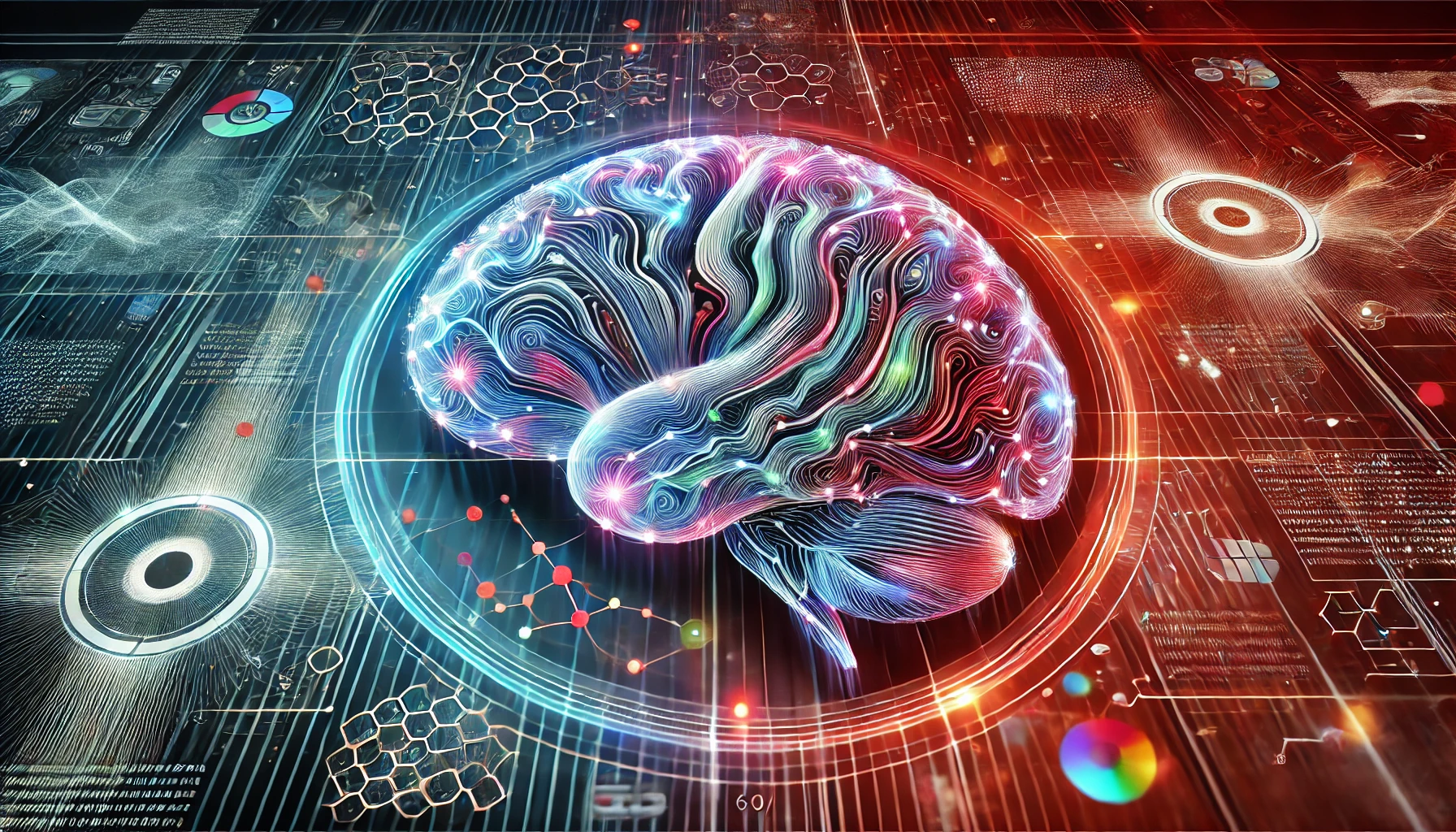Brain imaging study uses AI to reveal neural patterns for sex and gender in children
Researchers from the University of Pennsylvania and Feinstein Institutes for Medical Research have uncovered new insights into how sex and gender are represented in children’s brains. The study, published in Science Advances, contributes to debates surrounding the relationship between biological sex and gender identity and how we can study this objectively. Sex and gender, while sometimes used interchangeably, have come to separate sex in biological terms assigned at birth from more variable sociocultural notions of gender. In the study’s words, “Here, we use the term “sex” to indicate features of an individual’s physical anatomy, physiology, genetics, and/or hormones at birth, The post Brain imaging study uses AI to reveal neural patterns for sex and gender in children appeared first on DailyAI.

Researchers from the University of Pennsylvania and Feinstein Institutes for Medical Research have uncovered new insights into how sex and gender are represented in children’s brains.
The study, published in Science Advances, contributes to debates surrounding the relationship between biological sex and gender identity and how we can study this objectively.
Sex and gender, while sometimes used interchangeably, have come to separate sex in biological terms assigned at birth from more variable sociocultural notions of gender.
In the study’s words, “Here, we use the term “sex” to indicate features of an individual’s physical anatomy, physiology, genetics, and/or hormones at birth, and we use the term “gender” to indicate features of an individual’s attitude, feelings, and behaviors.”
To wrangle answers to this dichotomy from the brain, the research team analyzed brain scans from 4,757 children aged 9 to 10 to examine how different parts of the brain communicate.
They then employed a series of predictive AI models to determine that while both sex and gender are associated with distinct patterns of brain connectivity, these patterns are not identical.
Study approach and findings
The team used a massive dataset from the Adolescent Brain Cognitive Development (ABCD) Study, which includes detailed brain scans and behavioral information from thousands of children across the United States.
The researchers used functional magnetic resonance imaging (fMRI) to observe natural patterns of brain activity while children were at rest in the scanner.
They then employed sophisticated machine learning algorithms (ridge regression models) to look for patterns in this brain activity that might be associated with sex or gender.
Sex was defined according to the child’s sex assigned at birth, which is Assigned as either Female at Birth (AFAB) or Male at Birth (AMAB).
For gender, the researchers used two separate measures:
- Self-reported gender: Children answered questions about their felt-gender, gender expression, and gender contentedness.
- Parent-reported gender: Parents answered questions about their child’s sex-typed behavior during play and any signs of gender dysphoria.
Importantly, gender was considered on a continuum, not as a binary. The researchers did not categorize children into specific gender groups, but rather used these scores to place children along a spectrum of gender expression and identity.
This provided two different perspectives on each child’s gender identity and expression.
Here are the key findings:
- Sex prediction: The researchers found they could identify whether a child was male or female with about 77% accuracy based on their brain connectivity patterns.
- Gender prediction: When it came to predicting a child’s gender (based on the parent reports), the accuracy dropped dramatically – to only about 8%. This suggests that while gender does have some relationship to brain function, it’s much more subtle and complex than differences attributed to sex alone.
- Different brain networks: The brain patterns associated with sex were mainly found in areas involved in movement, vision, decision-making, and emotions. In contrast, the patterns associated with gender were more spread out across the brain.
- Gender conformity: The study found that boys tended to show more gender-typical behavior than girls, according to both the children’s own reports and their parents’ reports. This aligns with social science research suggesting that boys often face more pressure to conform to gender norms.
- Self-reported gender: Intriguingly, the researchers couldn’t reliably predict how children viewed their own gender based on brain scans, highlighting the complexity of gender identity.
Extremely grateful to @gloriamattebon @dominikjkraft and @TobKaufmann for their focus article on our work, and for the @ScienceAdvances team for this wonderful visualisation! https://t.co/bwvlj3nCj0 https://t.co/LMxF0HWg6p pic.twitter.com/VNdBgDdZvI
— Elvisha Dhamala (@elvisha9) July 12, 2024
This research suggests that to fully understand the differences and similarities between males and females, and between children of different gender identities, we need to look at both sex and gender.
They appear to influence brain development in distinct, though related, ways.
The study concludes, “Together, these findings suggest that the functional correlates of sex are distinct from the functional correlates of gender, and the unique multidimensional constructs that comprise gender are differentially associated with functional connectivity patterns in AFAB and AMAB children. As such, sex and gender must both be studied concurrently to fully capture the differences and similarities that exist between males and females, between boys and girls, and between other genders.”
However, the researchers caution against misinterpretation. Their paper emphasizes that “these results do not provide evidence for gender essentialism,” addressing concerns about reinforcing harmful stereotypes.
Both sex and gender are “essential components of identity,” but “It’s becoming more and more clear that just looking at sex itself is not enough,” says Elvisha Dhamal from Feinstein Institutes for Medical Research and the Zucker Hillside Hospital and lead author on the new study.
The study highlights how fluid and multifaceted gender identity can be, especially in young children.
In medicine, understanding how sex and gender separately influence brain function might lead to more personalized treatments for neurological and psychiatric conditions. This could be particularly valuable for disorders that manifest differently across sexes or gender identities, such as ADHD and autism.
It could also contribute to more nuanced mental health support for children experiencing gender or identity-related challenges.
Perhaps most pertinently in the short term, by demonstrating that sex and gender have distinct neurological correlates, this study provides scientific evidence against oversimplified notions of “male brains” and “female brains.”
It builds on a similar recent Stanford study that accurately discerned male from female brains 90% of the time.
The post Brain imaging study uses AI to reveal neural patterns for sex and gender in children appeared first on DailyAI.


.jpg)



















